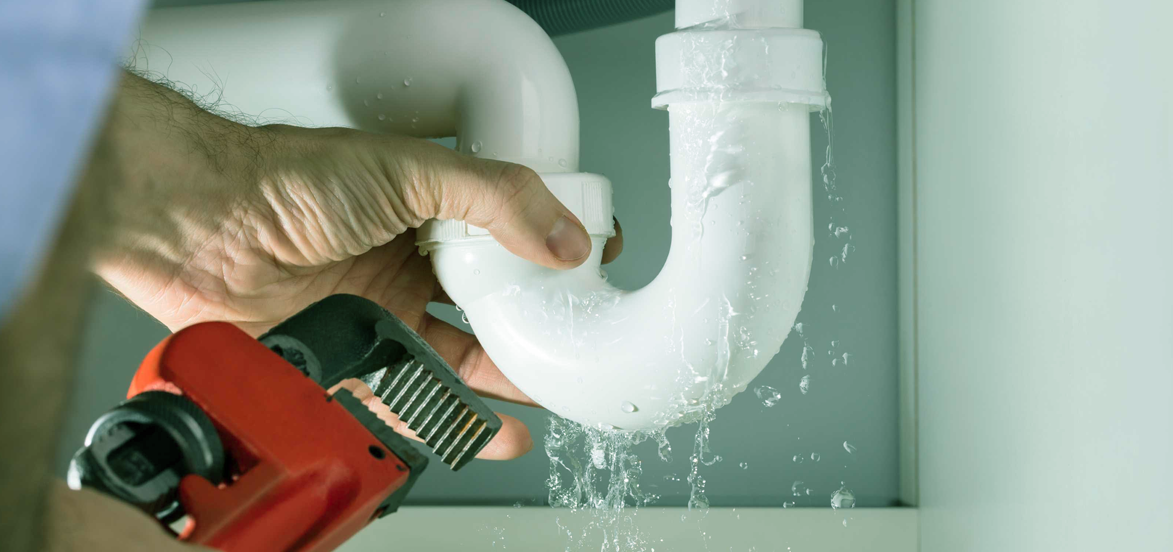How to Check If Your Residence Has a Surprise Leakage
How to Check If Your Residence Has a Surprise Leakage
Blog Article
What're your opinions about Leaking water lines?

The moment you discover a leak, calling your plumber for fixings is the very best option. Some small water leaks might not be visible. If you can not find it with your naked eyes, right here are some hacks that aid.
Early discovery of leaking water lines can minimize a possible disaster. In addition to saving you money, it will reduce the aggravation and frustration.
Check Water Intake
If you spot unexpected changes, in spite of your usage being the very same, it suggests that you have leaks in your plumbing system. A sudden spike in your costs suggests a fast-moving leakage.
On the other hand, a steady rise monthly, despite having the exact same behaviors, shows you have a slow-moving leakage that's likewise slowly intensifying. Call a plumber to completely inspect your residential property, especially if you really feel a cozy area on your flooring with piping underneath.
Inspect and also Examine the Scenario
Home owners must make it a behavior to check under the sink counters as well as also inside cupboards for any bad odor or mold growth. These 2 red flags show a leakage so timely focus is required. Doing regular inspections, also bi-annually, can save you from a major problem.
Take A Look At the Water Meter
Every house has a water meter. Checking it is a proven way that helps you uncover leakages. For beginners, shut off all the water sources. Make certain no person will flush, use the faucet, shower, run the cleaning maker or dishwashing machine. From there, most likely to the meter as well as watch if it will alter. Given that no person is utilizing it, there need to be no movements. That indicates a fast-moving leak if it moves. If you discover no changes, wait a hr or two and check back once more. This implies you may have a sluggish leakage that might even be underground.
Asses Outside Lines
Don't neglect to examine your outside water lines also. Needs to water permeate out of the link, you have a loosened rubber gasket. One tiny leak can lose heaps of water and also increase your water costs.
Do a Food Coloring Test
When it comes to water consumption, 30% comes from toilets. If the shade in some way infiltrates your bowl throughout that time without flushing, there's a leakage between the storage tank as well as bowl.
Much more notably, if you know your residence is currently old, maintain a watchful eye on your heaters, hose pipes, pipes etc. Look for stainings and damaging as many home appliances and pipelines have a life span. They will also normally weaken because of tear and wear. If you suspect leaking water lines in your plumbing system, do not wait for it to escalate. Call a professional plumber as soon as possible so you don't wind up with a dreadful mess in your house.
The minute you locate a leak, calling your plumber for repair services is the ideal option. Some small water leaks may not be visible. Inspecting it is a surefire way that helps you uncover leakages. One small leak can squander bunches of water and increase your water expense.
If you believe dripping water lines in your plumbing system, do not wait for it to rise.
WARNING SIGNS OF WATER LEAKAGE BEHIND THE WALL
PERSISTENT MUSTY ODORS
As water slowly drips from a leaky pipe inside the wall, flooring and sheetrock stay damp and develop an odor similar to wet cardboard. It generates a musty smell that can help you find hidden leaks.
MOLD IN UNUSUAL AREAS
Mold usually grows in wet areas like kitchens, baths and laundry rooms. If you spot the stuff on walls or baseboards in other rooms of the house, it’s a good indicator of undetected water leaks.
STAINS THAT GROW
When mold thrives around a leaky pipe, it sometimes takes hold on the inside surface of the affected wall. A growing stain on otherwise clean sheetrock is often your sign of a hidden plumbing problem.
PEELING OR BUBBLING WALLPAPER / PAINT
This clue is easy to miss in rooms that don’t get much use. When you see wallpaper separating along seams or paint bubbling or flaking off the wall, blame sheetrock that stays wet because of an undetected leak.
BUCKLED CEILINGS AND STAINED FLOORS
If ceilings or floors in bathrooms, kitchens or laundry areas develop structural problems, don’t rule out constant damp inside the walls. Wet sheetrock can affect adjacent framing, flooring and ceilings.
https://www.servicemasterbyzaba.com/blog/how-to-detect-water-leakage-in-walls/

As a serious reader about Hacks to detect leaks, I think sharing that piece of content was worthwhile. Enjoyed our blog? Please share it. Help another person find it. Bless you for your time. Kindly stop by our website back soon.
Report this page